Yesterday I gave a brief safety lesson to a group of Stellar Dealers and paddlers in Virginia Beach, Va covering the remount and the benefits of a paddle leash over a leg leash when demonstrating a remount. I will use a recent real example that I had three weeks ago while paddling that illustrates not to get complacent when it comes to safety.
Dawid urges this also in his video below.
http://www.sportscene.tv/ocean/ocean-racing/news/ocean-surf-ski-paddler-safety-precautions-tips-and-video
If you paddle long enough, well, stuff happens. Don’t let complacency set in if you are a seasoned paddler. If you are a novice or intermediate, learn from other qualified paddlers or an instructor. We focus a lot on the forward stroke and less time on safety. It should be the other way around.
Stuff Happens!
I was very tired one evening but wanted to do a leisurely 4 mile paddle in my SES 1G(22 lbs). I mention the weight of this ski since it is one of the lightest on the market. I fastened my paddle leash or so I thought. Toward the end of the paddle in flat conditions I spaced out and capsized. No big deal, I had my drysuit on so I was plenty warm. Well, in 2 seconds, after capsizing, my leash under pressure became detached from my paddle. I still had my paddle in my hand but my 22lb skis was blowing away from me in literally 5 seconds in a mere 9 mph wind. I quickly told myself to let go of the paddle and swim for my ski in hopes of reaching the ski and have the paddle be blown into me if I was able to catch the ski. So with 4 hard swim strokes and an out stretched hand reaching in slow motion for the floating paddle leash still attached to the ski, I was able to barely grab the leash. Another 5 seconds on either end of the capsize, I would have been swimming to shore on the Sakonnet where I train most often. While I would have been safe, I would have lost my ski or perhaps found it 1.5 miles down at the next beach, Sandy Point.
So since that incident, I now always tug on my leash at both ends of the leash before setting off and now I often wear both a body leash and paddle leash. The body leash is attached to my PFD and the attachment point on my ski. So now I can’t lose my paddle or my boat. I fashioned my body leash after a consult with Big Water Bill Leconte. Skis are very light and it literally on takes seconds for it to blow away from you. Also as many instructors point out, you have 3 times to remount before you began to fatigue and your anxiety starts to build and you ask yourself “Am I going to be able to get back in my ski? So practice remounting. Better paddlers tend to practice less since they rarely capsize so even the experienced paddlers need to practice. As Dawid points out, you become cold very quickly, and even more so in New England waters. Remember also, that you are responsible for your safety on the water, not the race director, not your paddling partner. You partner may be able to assist you depending on conditions or call for help but it is up to you to practice and no your limits. Point in case, many paddlers at last years Blackburn, did not know their limits and 2/3 thirds of the field DNF. Years ago, one sea kayak instructor told me, the biggest decision you will make is the one to get on the water or NOT! Know your paddle skill limits and learn from the experience of others.
I want to thank Phi Sachs, a local paddler who completed the 2015 Blackburn in a tandem kayak, for passing the article on to me.
The full article is on the link below.
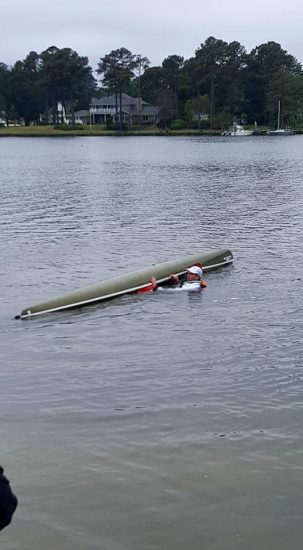

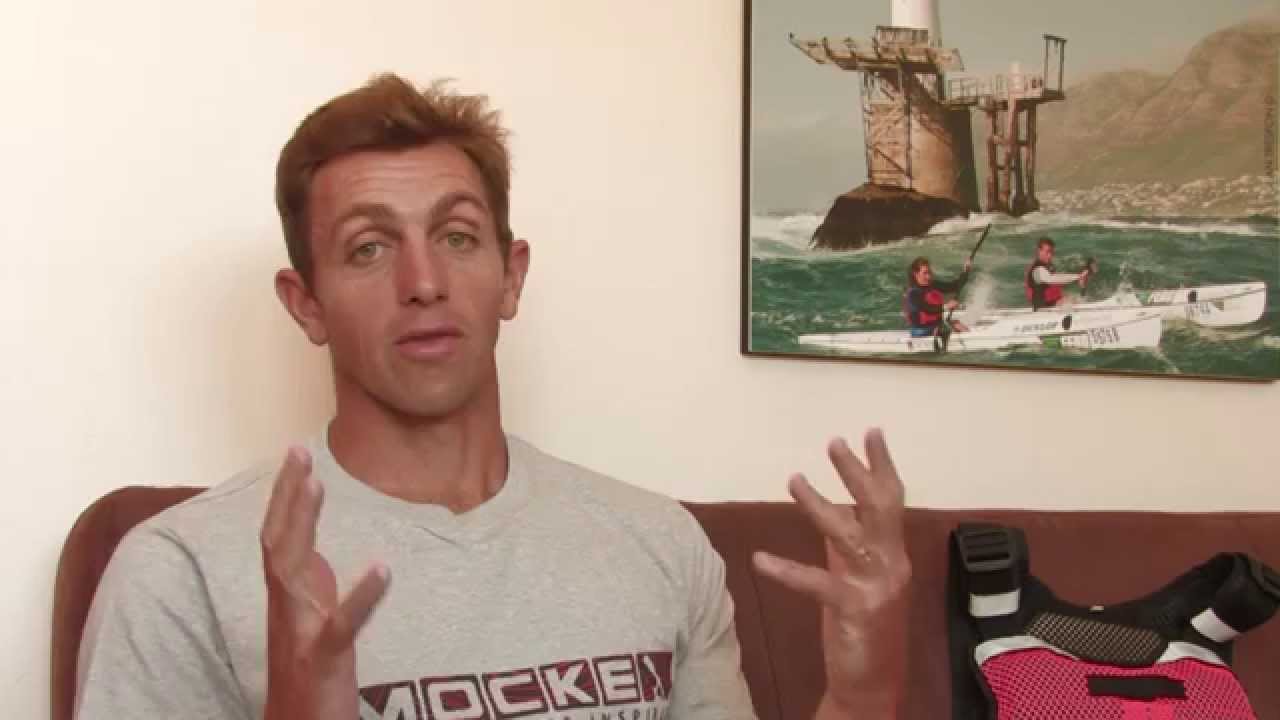
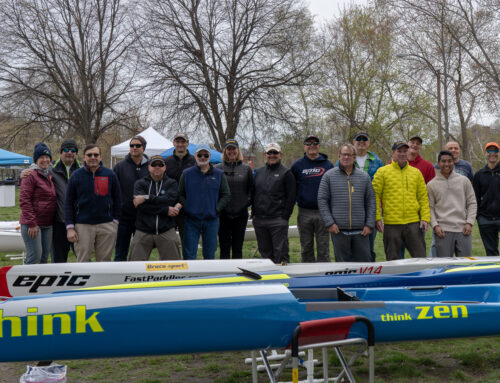
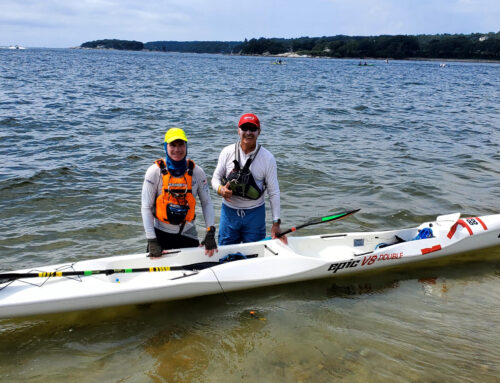
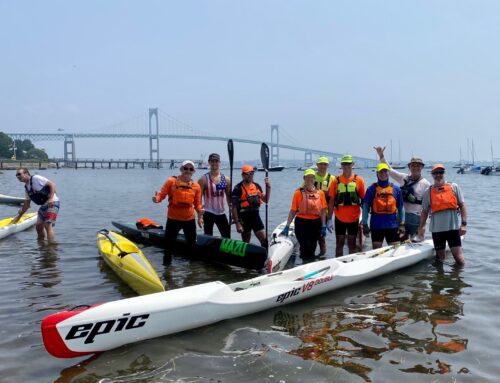
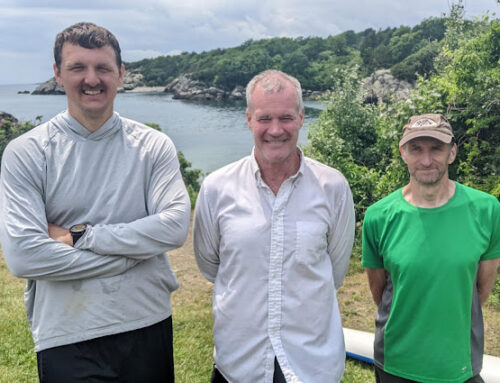
Leave A Comment
You must be logged in to post a comment.